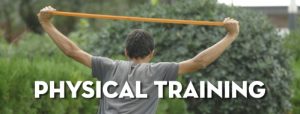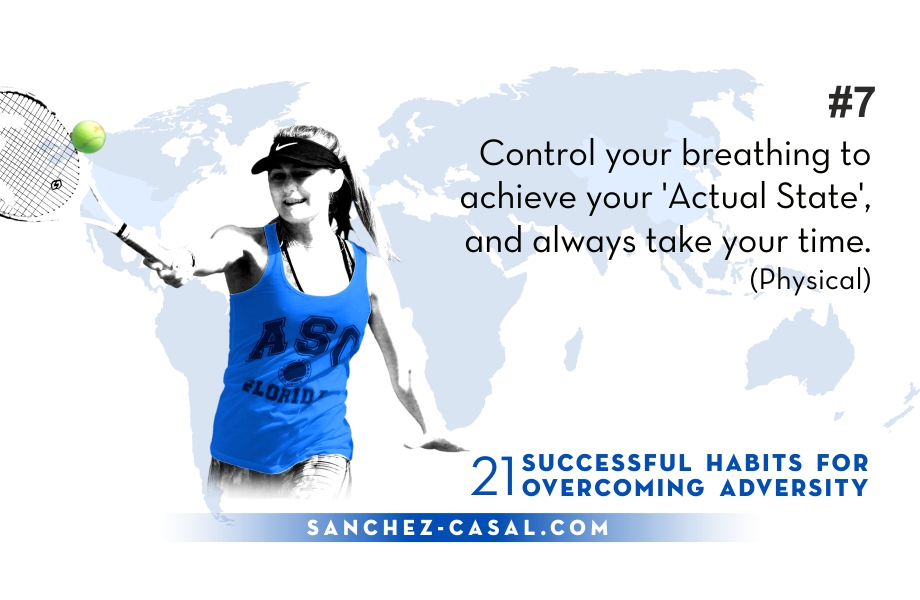
By Emilio Sánchez Vicario, CEO & Founder at Sánchez-Casal Academy.
# 7 Control your breathing to find your “Actual State”, and always take your time.
Breathing is an involuntary action. We don’t consciously think about inhaling and exhaling every time we do it. But in sport, we can use certain breathing techniques voluntarily that allow us to breathe deeper and improve the oxygen and carbon dioxide exchange. These breathing techniques can be key to how well a player performs, and can even lead them to victory in competitive sports.
I have discussed it many times with Miquel Oca from our Sports Sciences department. Miquel is a fantastic climber and he has told me a story which he witnessed a while ago on one of his climbing trips.
There is a popular climbing exercise which involves facing a wall and climbing up to the top without stopping. A climber accompanying Miquel decided to attempt the exercise, but as soon as he stepped up onto the wall and started to climb, his body tensed up and his breathing suddenly quickened. He took his first step hanging from the hold, started to make his way upwards, and after two or three meters passed the rope through the first carabiner. It was then that Miquel noticed that he was very nervous: his breathing was short, he was hyperventilating then holding in his breath until the rope was firmly attached to the carabiner. He then shouted down to his friend below, who was making sure that the rope was tense and that he was hanging correctly. This same dynamic was repeated until he arrived at the top, tired and angry.
It wasn’t that it was a difficult wall – the climber was more than experienced enough to get to the top without stopping – but he didn’t manage to complete his objective.
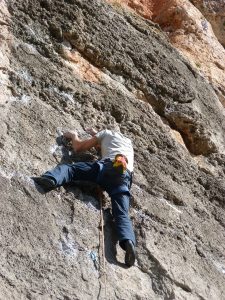
He then tried a second time, but in this attempt, went with a completely new method. After tying the rope and stepping onto the rock, he closed his eyes, took three deep breaths and started to climb. His movements were fluid – it didn’t look like he was trying, but dancing across the wall. He got to the first carabiner and passed the rope through. Miquel, listening to his breaths, heard that the climber was exhaling heavily as if this time, he was listening closely to his breathing. He passed the rope through and carried on upwards, his breathing always accompanying him. From time to time he let his arm fall to his side and shook it gently while he looked upwards, on to the next objective. He heard him shouting two or three times, shouts of encouragement when the hold was really complicated. He worked his way up without stopping, and he achieved his aim.
So what happened the first time he tried? What had prevented him carrying out the exercise successfully? Miquel told me that, from the very beginning, his climber friend was only thinking about what would happen if he made a mistake and fell. He stopped at the first carabiner and his frustration prevented him from being able to face up to the rest of the route. He was nervous throughout the whole exercise, he didn’t control his breathing and he didn’t use even one break to look upwards and mentally mark out the next steps that he had ahead of him in order to reach the next carabiner. The result was that his steps were unstable and he had to make a lot of effort to stop himself from falling.
It was then that I realized for the first time the great similarity between this climber’s experience and those of our players at the Academy. Firstly, the climber was too focused on his fear of falling, causing him to freeze up after his first mistake. He wasn’t able to take the time to visualize his next steps, and didn’t have any control over his breathing.
This is common in all sport, and certainly common in tennis. There are players who are dominated by the fear of winning or losing. Players who when their opponents slip ahead of them, they change completely and it’s as if all their talent has dissipated. Players, who when they mess up an easy ball they can’t stop thinking about how or why they made the mistake, and about all ‘the bad things’ that are going to happen because of their error. Players that during rest breaks just complain about how bad they are playing and the referee’s latest decisions. Simply, players who make the mistake of breathing quickly and superficially instead of controlling their breathing and focusing on their next move, end up rushing and committing errors.
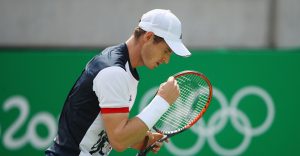
Foto propiedad GettyImages.com
The second time he tried, the climber was able to achieve his goal. He took his time breathing and visualizing how he would face the wall in front of him. When the holds were good, he continued breathing, doing all the exercises that helped him to focus his attention and create a mental plan of his next steps. When he made mistakes, he gave himself encouragement. Throughout the whole process he matched his breathing with his steps and listened to each breath to concentrate on his movements and not on his fears. This attitude helped him to overcome his difficulties and reach his objective.
There is a great parallel between this climber’s experience and tennis. Our players learn to be able to control their breathing in key moments during the game, breathe deeply, and with the help of quick rest breaks, concentrate on what they are doing and in how they are going to play according to the specifics of the game and their rival. When we see them matching their breathing with their technical steps and taking the time necessary to find their “Actual State”, we know that everything is going well.
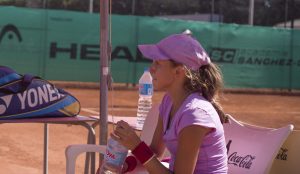
Controlling timing and breathing are two habits which we can utilize to overcome difficult situations. If our players manage to accomplish it, they might win or they might lose, but at least they will be learning and enjoying the game. In the end, this is the key to success.
Thanks to Miquel Oca, co-author of this post.
Emilio Sánchez Vicario
CEO & Founder at Sánchez-Casal Academy
